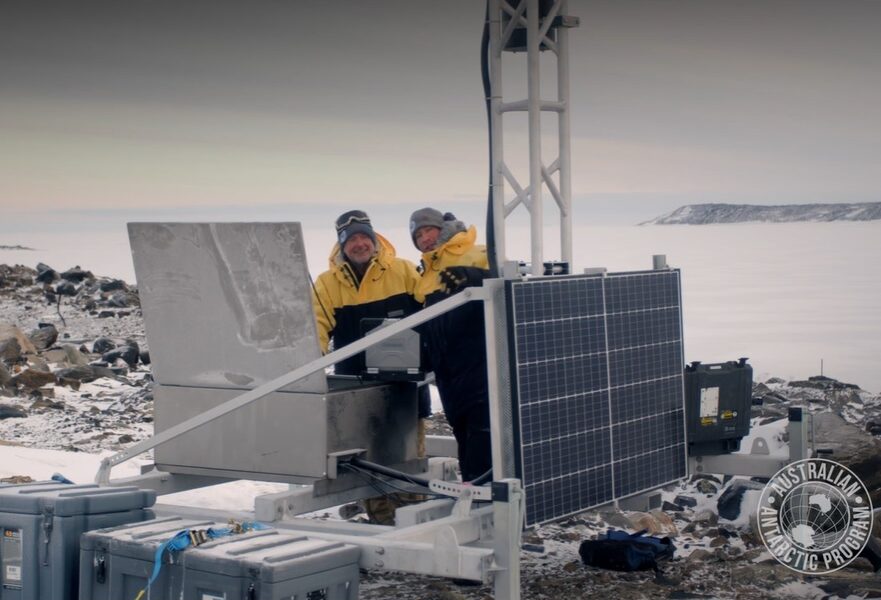The Australian Antarctic Division has named three high-tech, automated weather stations with cameras and satellite communications in remote parts of east Antarctica and the sub-Antarctic after the Greek goddess Artemis.
Dubbed ‘ARTEMIS’ (for Autonomous RemoTe Environment MonItoring System, and in recognition of the Greek goddess of wilderness, nature and wild animals), the units will enhance environmental monitoring in locations remote from Australia’s year-round research stations – including the Larsemann Hills, Bunger Hills and Heard Island.
AAD Polar Technology Manager Lloyd Symons said the units will collect weather data useful for climate research, such as snowfall, wind speed and temperature.
“Along with weather information, ARTEMIS can support the management and use of our remote infrastructure at field sites, to determine if or when they need maintenance,” Mr Symons said.
“The units send back imagery to the AAD headquarters via satellite regularly over summer and can be reprogrammed remotely to adjust the observing schedule as required.”
“Depending on their location, photos and video will also provide important information about local populations of seabirds and other wildlife to support Antarctic environmental monitoring.”
ARTEMIS was designed by the AAD’s Technology and Innovation Branch engineers in Hobart, with some manufacturing undertaken in Queensland.
Each unit consists of a 650 kilogram square steel and aluminium frame, with mounts for a roof-top solar panel, and a satellite antenna.
A four metre high mast rises above the frame and houses two cameras, and a weather sensor incorporating ultrasonic wind measurement.
AAD electronics design engineer Mark Milnes said his team has developed ARTEMIS to cope with the extreme conditions of Antarctica.
“The weather sensor measures wind speed and direction by sound, as well as temperature, humidity, precipitation and pressure,” Mr Milnes said.
“Importantly, the sensor has no moving parts, and can withstand minus 52°C temperatures and more than 270 kilometre per hour winds.”


